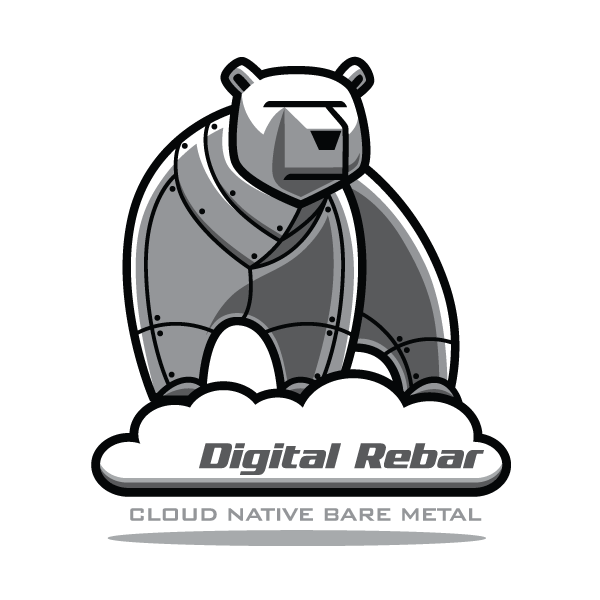simple, fast and open-ecosystem server provisioning with strong Infrastructure as Code design.
Digital Rebar Platform (DRP) Ecosystem is a suite of APLv2 components used with the RackN DRP v4 Platform to provides a simple yet complete API-driven DHCP/PXE/TFTP provisioning and workflow system.
DRP Platform and Ecosystem is designed to be a complete data center provisioning, content scaffolding and infrastructure workflow platform with a cloud native architecture that completely replaces Cobbler, Foreman, MaaS, Ironic or similar technologies. DRP offers a single golang binary (less than 30MB) with no dependencies capable of installation on a laptop, RPi or switch supporting both bare metal and virtualized infrastructure.
Key Features:
- Platform Capabilities:
- API-driven infrastructure-as-code automation
- Multi-boot workflows using composable and reusable building blocks
- Event driven actions via Websockets API
- Extensible Plug-in Model for public, vendor and internal enhancements
- Dynamic Workflow Contexts (allows using APIs when agents cannot be run)
- Distributed Multi-Site Management
- Supports ALL orchestration tools including Chef, Puppet, Ansible, SaltStack, Bosh, Terraform, etc
- Open Ecosystem Plugins:
- RAID, IPMI, and BIOS Configuration (via commercial plugins)
- Cloud-like pooling capabilities
- Classification engine for automated workflow
- High Availability modes (via commercial plugin)
Community Resources from https://rebar.digital
- Chat/messaging via the Digital Rebar
#communitychannel is our preferred communication method. If you do not have a Slack invite to our channel, you can Request a Slack Invite - Issues and Features
- Full Documentation (Github /doc sources are updatable via pull request).
- Videos on the DR Provision Playlist provide both specific and general background information.
Note
We HIGHLY recommend using the latest version of the documentation, as it contains the most up to date information. Use the version selector in the lower right corner of your browser.
Our Quick Start has fast play-with-it steps. Don't worry, they are very simple and take 10 to 20 minutes. You can choose from stable or tip. Tip is the very bleeding edge of development.
Regular Install for more details on the install steps. These include production options. (Previous Version Docs)
Digital Rebar Provision is composable by design. Much of our advanced funtionality is exposed in :ref:`rs_content_packages` that are added into the system as content and plugins which have documentation embedded in the extension.
Reading on Github? Visit Generated Docs for a generated ToC.
.. toctree:: :includehidden: :numbered: :maxdepth: 1 doc/quickstart doc/install doc/upgrade doc/environment doc/features doc/server doc/configuring doc/release doc/workflows doc/deployment doc/operation doc/os-support doc/os-support/linuxkit doc/ui doc/ux/portalux doc/Swagger doc/cli doc/api doc/dev/dev-server doc/dev/dev-cli doc/dev/dev-plugins doc/dev/dev-docs doc/faq-troubleshooting doc/arch doc/content-packages doc/rackn/license CONTRIBUTING Trademark LICENSE
DigitalRebar Provision code is available from multiple authors under the Apache 2 license.
Digital Rebar Provision documentation is available from multiple authors under the Creative Commons license with Attribution.
Work licensed under a Creative Commons license is governed by applicable copyright law. This allows Creative Commons licenses to be applied to all work falling under copyright, including: books, plays, movies, music, articles, photographs, blogs, and websites. Creative Commons does not recommend the use of Creative Commons licenses for software. However, application of a Creative Commons license may not modify the rights allowed by fair use or fair dealing or exert restrictions which violate copyright exceptions. Furthermore, Creative Commons licenses are non-exclusive and non-revocable. Any work or copies of the work obtained under a Creative Commons license may continue to be used under that license. In the case of works protected by multiple Creative Common licenses, the user may choose either.
